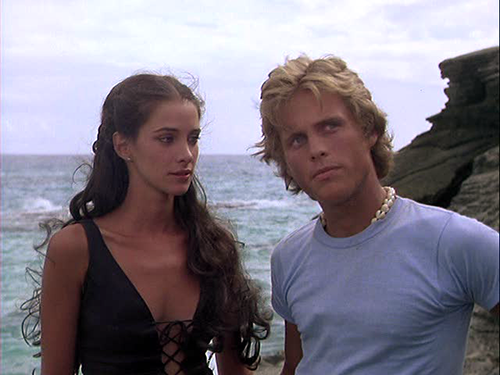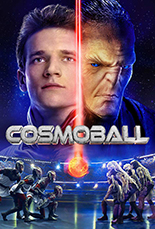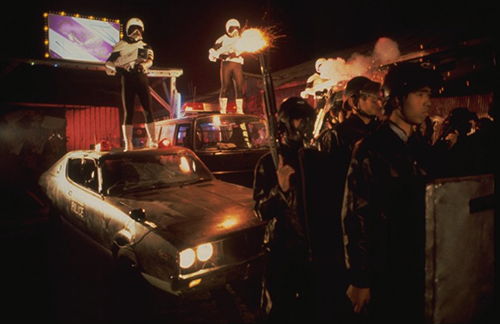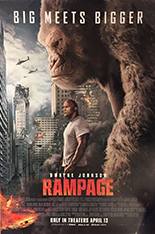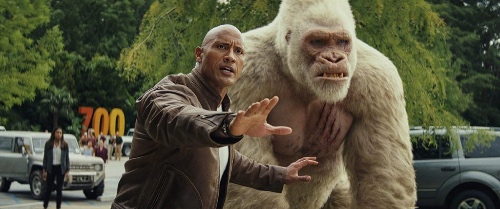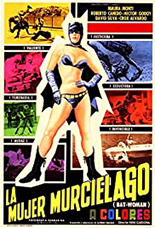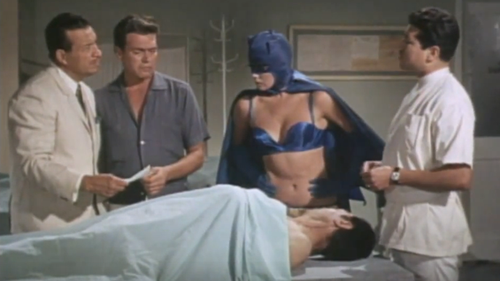
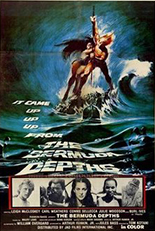 Made for television, The Bermuda Depths is one of those siren-o’-the-sea stories, with Connie Sellecca (Captain America II: Death Too Soon) doing the honors as Jennie, who swims like a serpent, apparently lives in the Bermuda Triangle and — as local legend has it — sold her soul to the devil. She’s not a mermaid, but she may as well be.
Made for television, The Bermuda Depths is one of those siren-o’-the-sea stories, with Connie Sellecca (Captain America II: Death Too Soon) doing the honors as Jennie, who swims like a serpent, apparently lives in the Bermuda Triangle and — as local legend has it — sold her soul to the devil. She’s not a mermaid, but she may as well be.
In fact, The Bermuda Depths may as well be a proto-Splash of sorts. Just shove Fraternity Vacation’s Leigh McCloskey in what would be the Tom Hanks role and extract all humor. And instead of John Candy, we get Burl Ives, looking like a can of Dinty Moore Beef Stew Big Bowl made human.
Adorned with an ever-present puka shell necklace, McCloskey’s Magnus Dens (huh?) is a perennial college dropout who returns to his childhood home of Bermuda, where he romped on the beach with a girl named Jennie and a sea turtle as big as a rocking horse. Orphaned as a child after his scientist father perished in a freak and vaguely supernatural accident, Magnus receives an overly hearty welcome — and a big exposition dump — from his marine biologist pal (Action Jackson himself, Carl Weathers).
Jennie pops up, too; now played by Sellecca, she’s all grown up and, well, weird. How much of that is in the script or Sellecca’s blasé performance has us shrug, but Jennie’s presence raises a lot of questions, like:
• Is this all in Magnus’ head?
• Why does her hair have a sheen?
• Why do eyes glow?
• Hey, what’s up with the now-Gamera-sized turtle?
I’ll address the last one: Because The Bermuda Depths is less a true example of Trianglesploitation and more about kaiju, following in the big footsteps left by The Last Dinosaur. Both were directed by Tsugunobu “Tom” Kotani for Rankin/Bass, the noted purveyor of those creepy yet cherished stop-motion Christmas specials from the late 1960s and early ’70s, so it’s only natural the miniatures and mattes carry some of that brand’s distinctive visual magic. At its best points, Bermuda imparts a narcotic quality; at its worst, it’s narcotized. —Rod Lott

